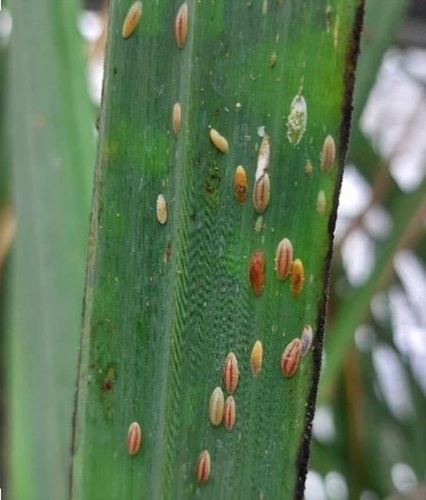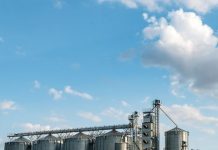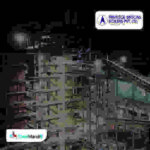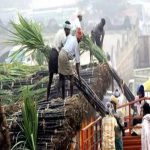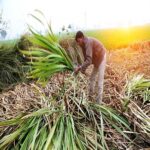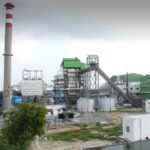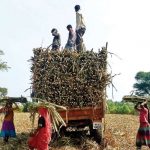The Sugar Regulatory Administration (SRA) is advancing research into the large-scale production of entomopathogenic fungi as a biological solution to combat the red-striped soft scale insect (RSSI) infestation affecting sugarcane farms.
This development was shared during a training-workshop on RSSI management and open data kit application held at the Capitol Social Hall on Monday.
“We’ve had a breakthrough. The SRA discovered a particular fungus in Capiz. A few months ago, we brought it to the La Granja Station, propagated it, and monitored its effects. So far, the fungus is aggressively targeting adult RSSI. This is a major development – it’s natural, not chemical,” said SRA Administrator Pablo Luis Azcona in an interview.
He added that two beneficial fungi, Metarhizium anisopliae and Beauveria bassiana, are currently being studied as long-term solutions to the infestation.
“Our goal is to produce enough for free distribution to farmers. We’re also aiming to train farmers’ associations and local government units (LGUs) to replicate and multiply it themselves. It’s easy to propagate and naturally found in sugarcane,” Azcona explained.
According to the SRA, RSSI infestation can reduce the sugar content of affected canes by nearly 50 percent.
As of July 9, Negros Occidental remains the most affected area, with 2,876.28 hectares of infected sugarcane farms out of the total 2,932.13 hectares across Negros and Panay.
A total of 1,574 farmers in 113 barangays across 21 LGUs in Negros Occidental have been impacted.
Other affected areas include Mabinay in Negros Oriental (3.5 hectares); Anilao and Barotac Nuevo in Iloilo (29.15 hectares); and the Capiz towns of Sigma, Panit-an, Pontevedra, and Dao (23.20 hectares), Philippine News Agency
Meanwhile, recovery efforts have resulted in 237.66 hectares of rehabilitating farms, following recommended practices such as removing and burning infested leaves away from sugarcane fields and applying insecticides promptly.
In Negros Occidental, Manapla has reported 110.91 hectares of recovering farmland, while Victorias City accounts for 22.25 hectares; Bago City, 22.52 hectares; Murcia, 26.76 hectares; E.B. Magalona, 38.62 hectares; and Silay City, three hectares. Anilao, Sigma, and Panit-an have also reported recovering areas ranging from three to seven hectares.
SRA agriculturist Mikko Libo-on noted that a software application is in development to streamline the reporting of validated RSSI cases through a centralized dashboard.
“The data presented in the situationer update is based on verified observations by SRA technical and field personnel regarding the visual incidence of RSSI,” he said.

